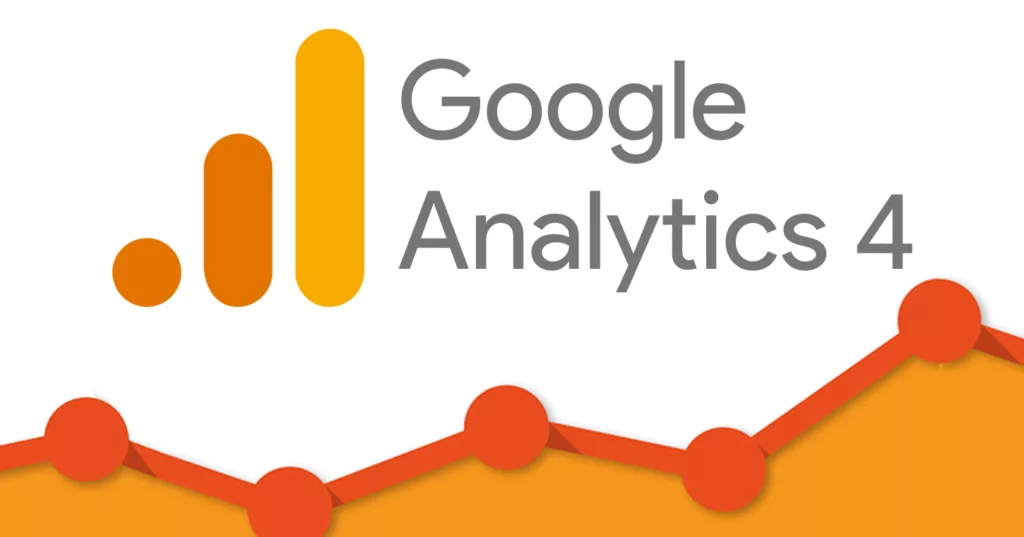As the termination of Universal Analytics slowly creeps up on July 1st, many companies will be forced to migrate from Universal Analytics to Google analytics 4 (GA4). Although the beta of GA4 has been rolled out since October 2020, many companies have been deeply rooted in Universal Analytics and all it has to offer since it’s release in 2012.
For starters, the primary distinction between Universal Analytics and GA4 lies in their focus. Universal Analytics focused on sessions and pageviews, whereas GA4 is based on events and parameters. In GA4, an event allows you to measure specific interactions or occurrences on your website or app. Essentially, the two analytics platforms are collecting the same data but reporting it in very different ways.

Before I dive into the advantages and disadvantages of Universal Analytics and GA4, it is crucial to explain how these platforms are collecting the same data, but in very different ways. For example, in both platforms we are able to track average time on page, but the difference in how we track that data leads to some discrepancies. Universal Analytics tracked sessions based on the timeout session, which means a new session was triggered if an activity happened within the timeout session. GA4 evolved into a new concept called engaged sessions. Engaged sessions are based on user interactions or an event. In Universal Analytics, the user was tracked based on the unique identifier in their cookie, so if they went to your site on a different device they would be counted as a new user. Furthermore, GA4 also uses the unique identifier, but it can handle tracking cross-device and cross platform, allowing for a more accurate understanding of the user across multiple sessions and devices. In Universal Analytics it was simple, Google was tracking the individual user so they could see their average time on each page. In GA4 the only way to get average time on page is to divide total engaged time by engaged sessions. If a user exits your page before triggering an event, the time spent on the page may not be accurate. These are examples of how both platforms have average time on page, sessions, users, bounce rates, etc., but are being tracked differently.
Universal Analytics was very successful at giving an overall view of the user journey along with how customers arrived at your website. The long list of tracking data allowed you to set up various goals for each traffic source. Unfortunately, Universal Analytics fell short with privacy compliance and displaying the customer journey. In today’s sales funnel, a customer comes to your website many times across many devices, so Universal Analytics tracking all these visits as separate users is a huge disadvantage. GA4 is the exact opposite, it is a very comprehensive platform that allows you to track your customer across multiple devices and touchpoints, displaying a more accurate buyer funnel. In my opinion Universal Analytics was all about the user not giving a fully accurate representation of the buyer, whereas GA4 is all about the customer giving you data to better understand your customers journey. With Universal Analytics’ discontinuation right around the corner, companies will have to adapt to using Google Analytics 4’s capabilities.
Written by: Brandon Peretin